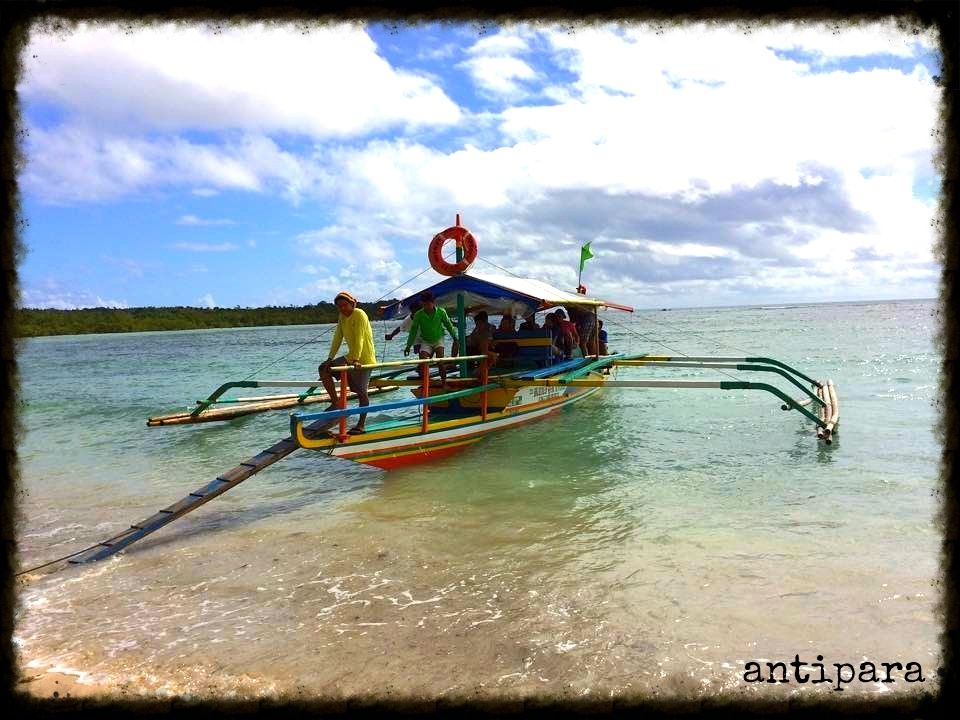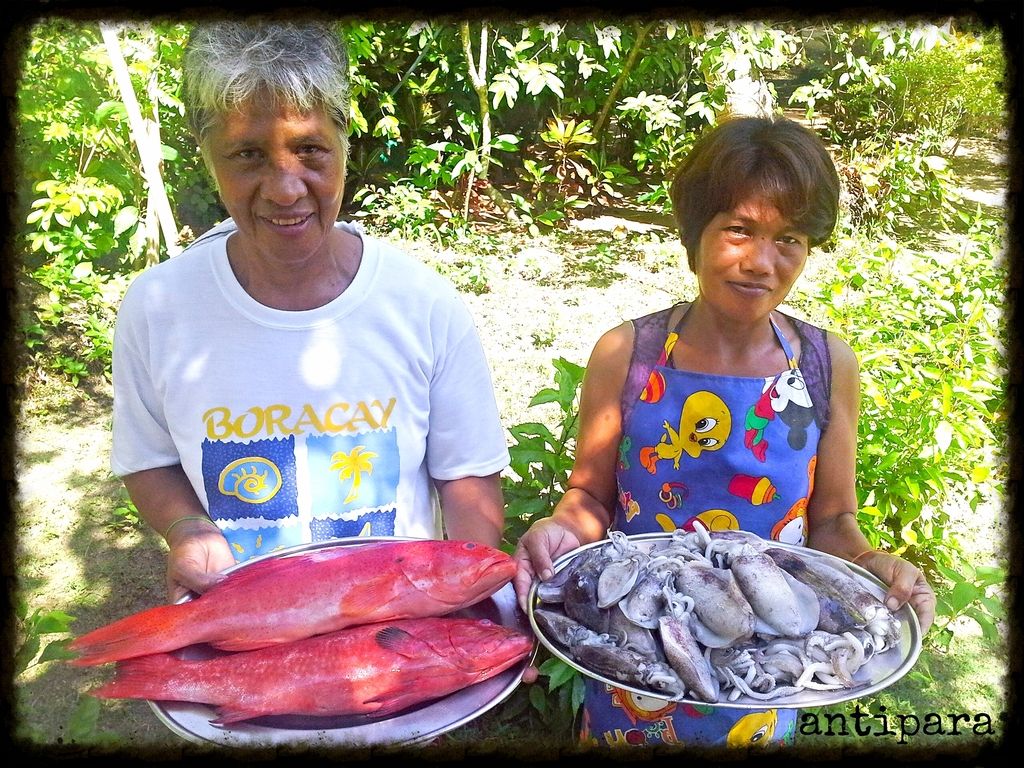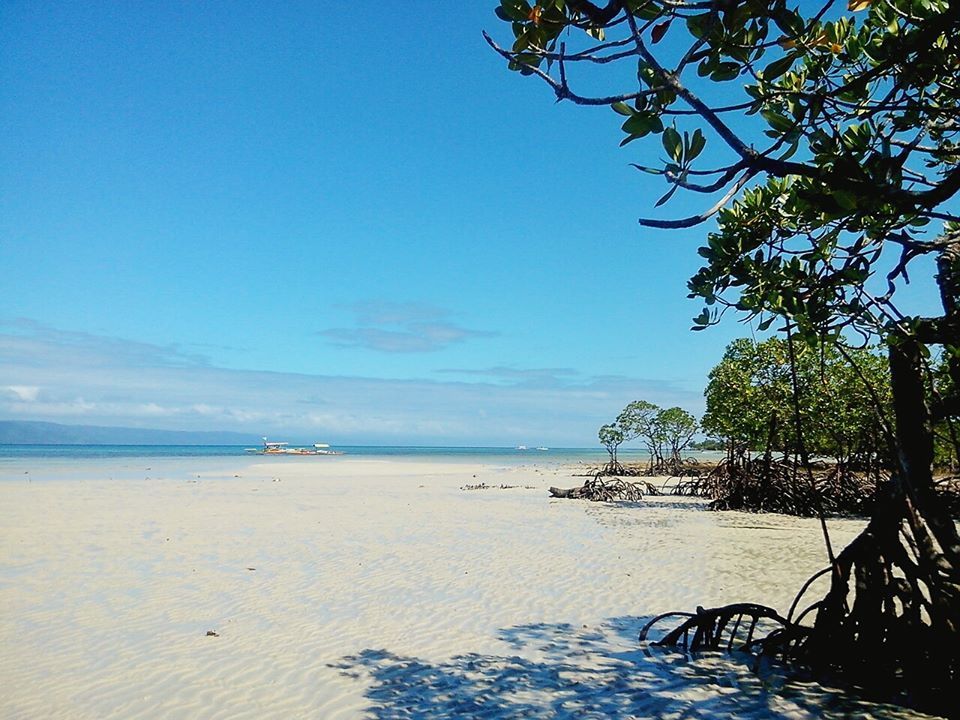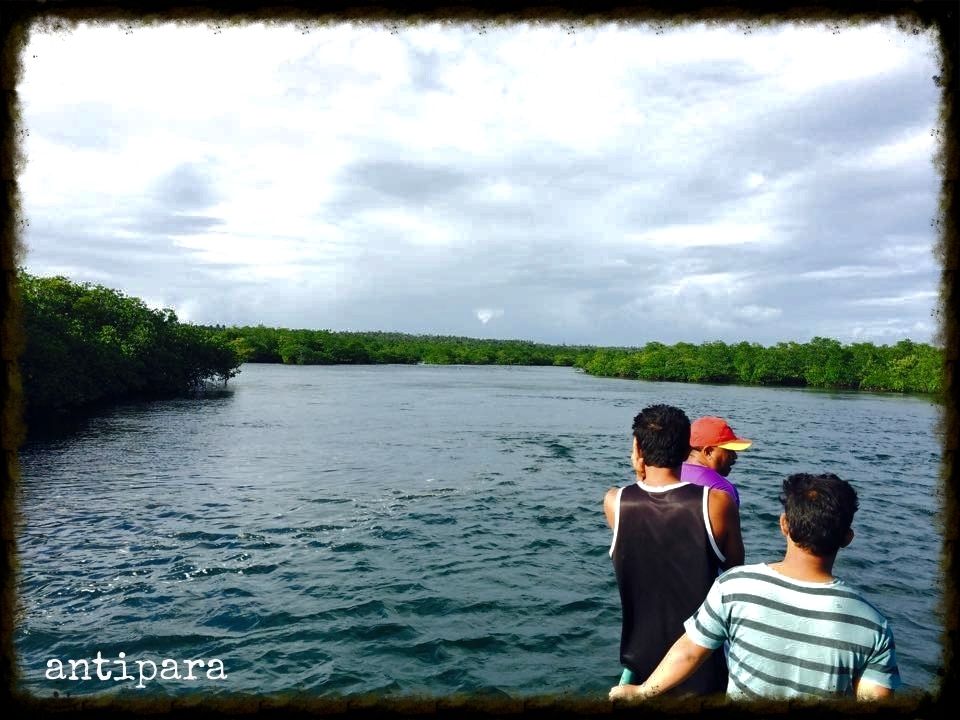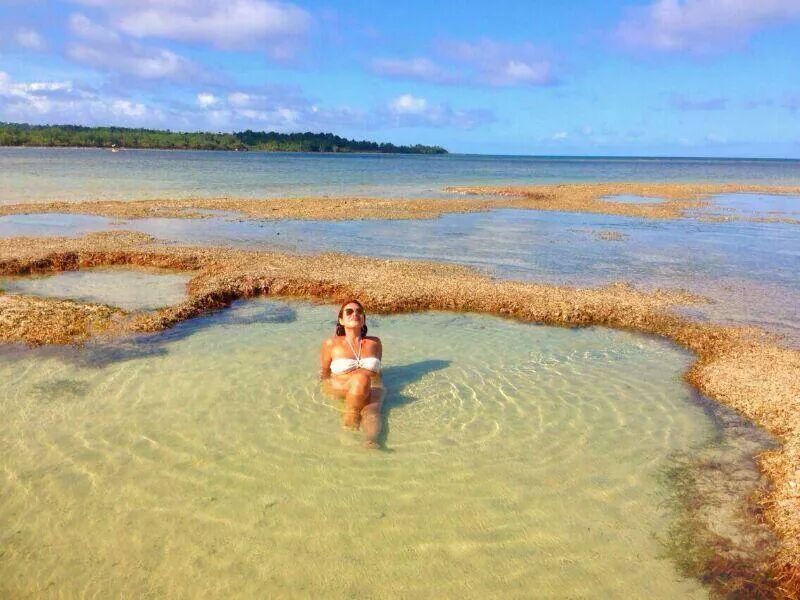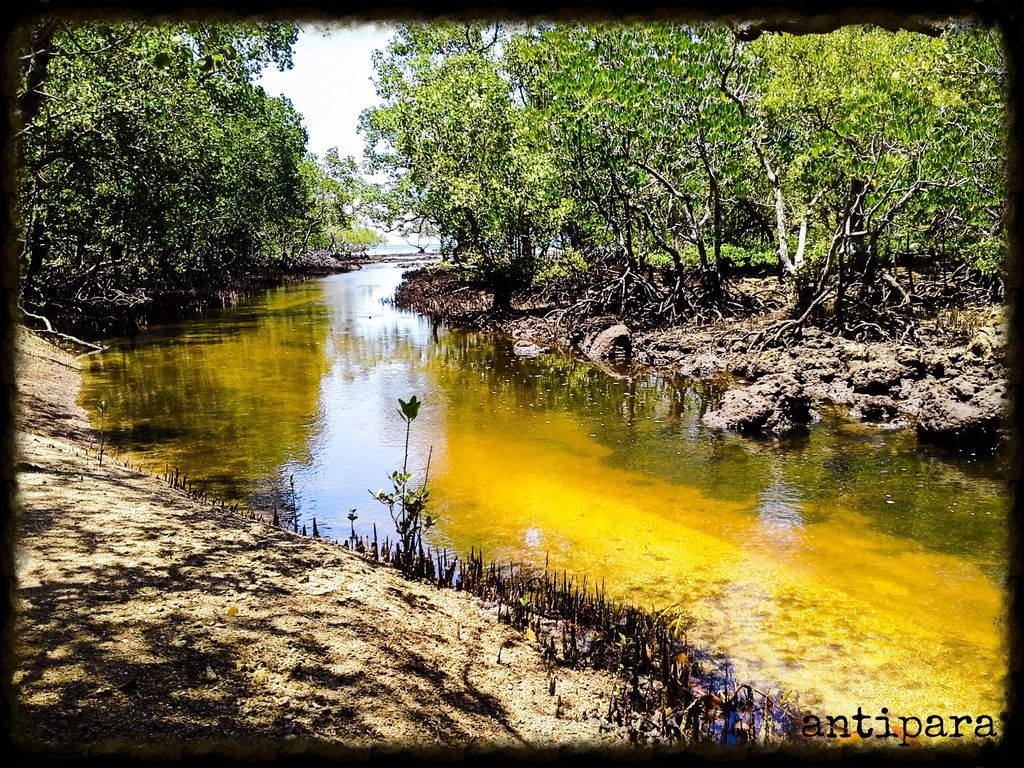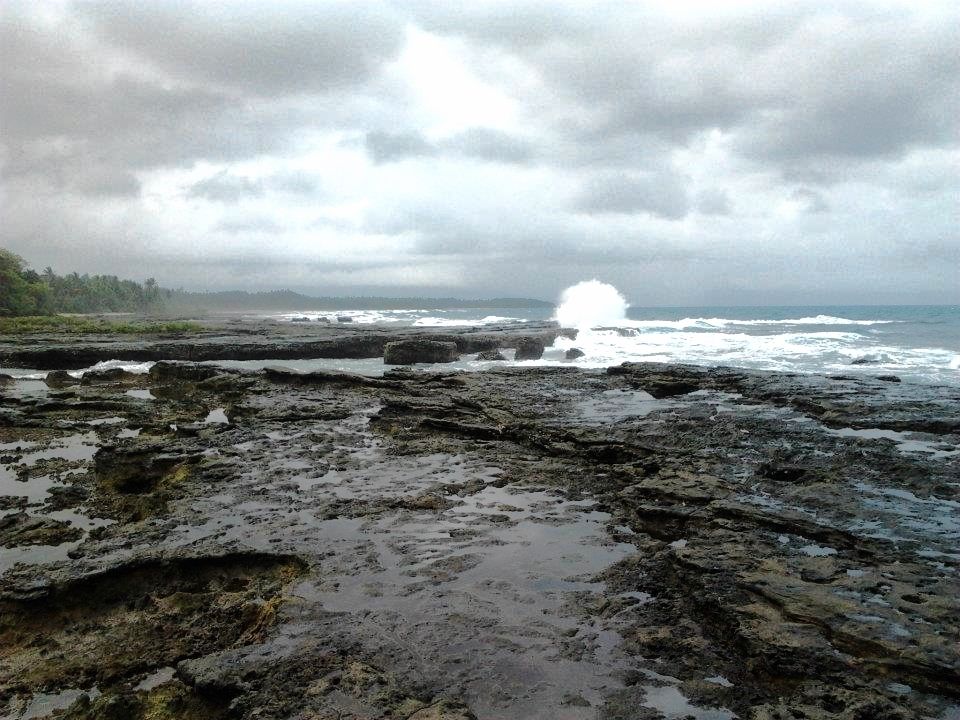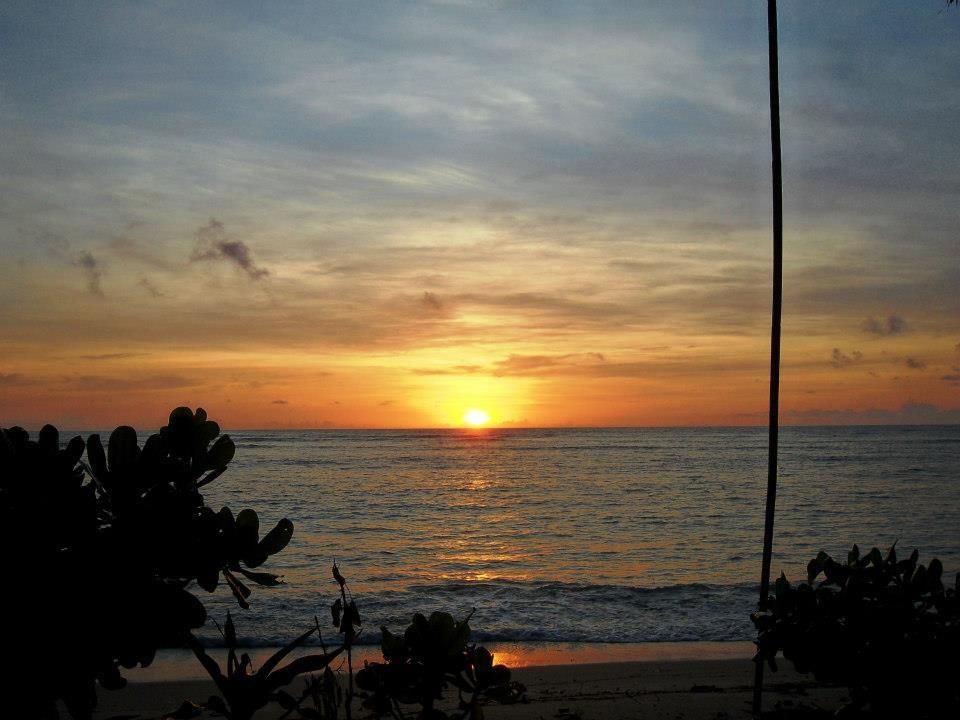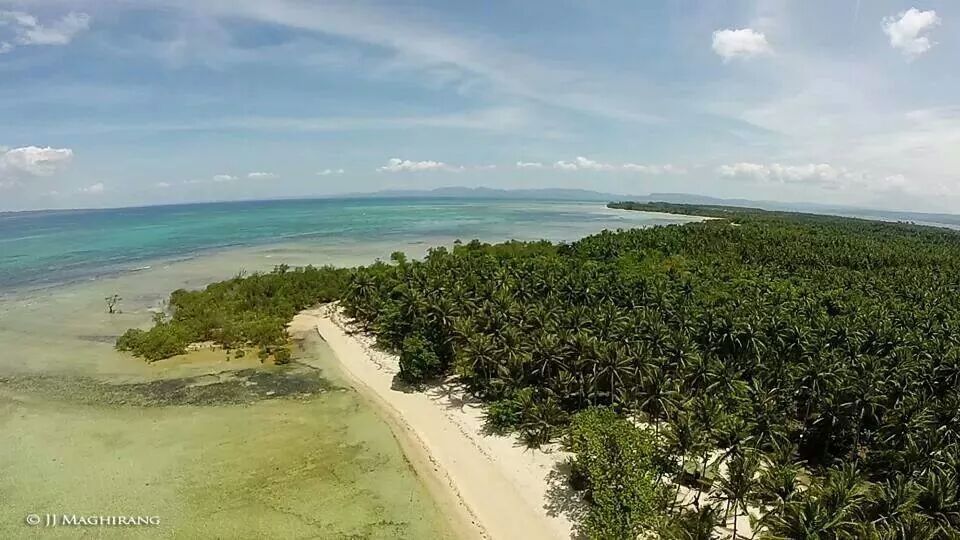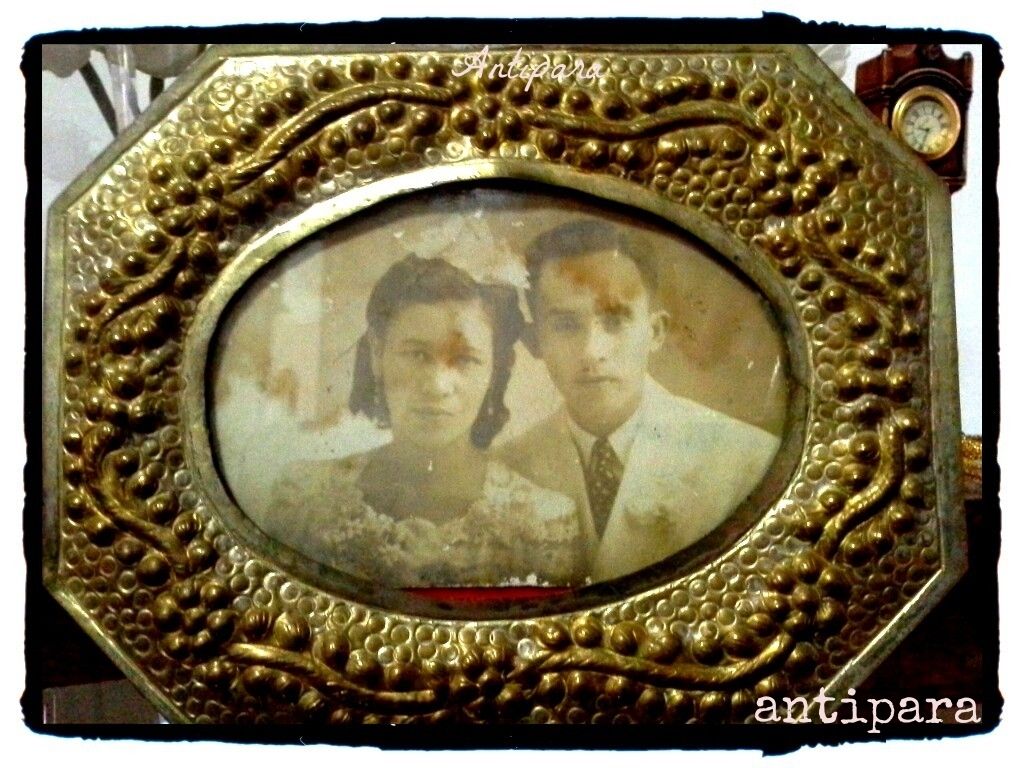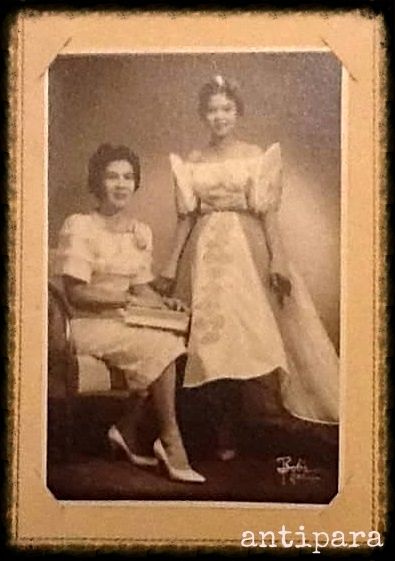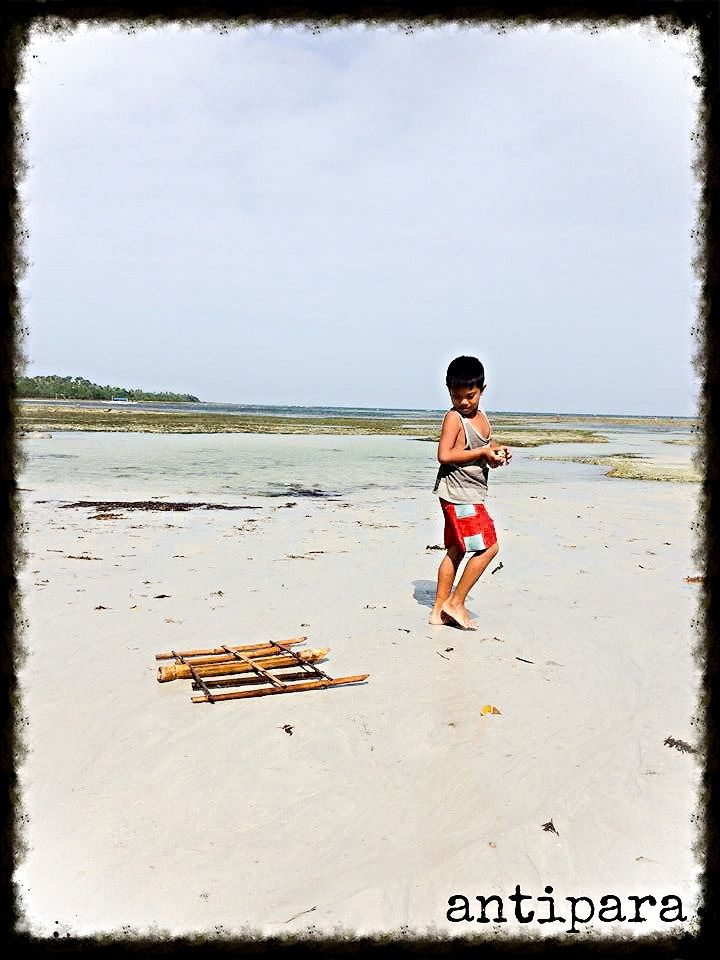Re-writing Family History :
 |
| View of the Mauban Poblacion in 1920. Photo from the Collection of Tita Eden C. Almirez |
As a child, I was told of the same story that all of us in the Pansacola family would have heard as well. The History of our family is well-documented because of the purchase of Cagbalete Island that has now become one of the top destinations in the province. Our History begins with the 4 Pansacola brothers Benedicto, Eustaquio, Jose and
Fr Manuel who was a priest. The family was originally from San Rafael Bulacan. Father Manuel was appointed to Mauban and he saw how beautiful the place was and invited his brothers to live with him there. The 3 other brothers eventually married into the locals and in 1859 sought to purchase the island of Cagbalete from Spain.
This same information with varying inconsistencies can be found in a series of short histories per barangay of Mauban that were compiled by the Department of Education in 1954.
The Cagbalete Primero history by Vicenta F. Pansacola mentions that it was Benedicto and Jose who drew the plans of buying the island and later divulged their plans to the 2 younger brothers Eustaquio and Rev. Manuel Pansacola Peña.
The Cagbalete Segundo history by Ernesto D. Garcia offers a different story that in 1879 the parochial priest Manuel Panzacola, who was a spanish priest that came to love Mauban as his residential home, bought the island from the province of Tayabas. He was benevolent to his 3 brothers and had the property split into 4 so they could all have a share of the island.
Two conflicting histories.. written around the same time.. published in the same compilation. Even then, with some of the original heirs still living, they were already confused.
I was also able to read one of Tito Mirlo's last research papers that was circulated during the 150th year celebration of the island's purchase last year. It details how the Pansacola brothers left Avila, Spain and followed their brother Father Manuel (Pansacola) Peña (who was designated as the Parish Priest of Baliuag, Bulacan) to the Philippines. It also talks about how the Pansacolas were invited to live in Mauban by another Spanish family, the Santayanas.
Seeing another story unfold, reminded me of that little tidbit that I took a mental note of while studying the original deed of sale of the Island..
It begins :
 |
| The "First" Document executed by the Pansacola Brothers |
"We, Don Benedicto Panzacola and brothers, natives of Mauban province of Tayabas, spontaneously and of our own free will...."
I remember making a mental note of this line and how the brothers referred to themselves as "Natives of Mauban". The exact words used in the document was "naturales de Mauban, Provincia de Tayabas" and in the Spanish context means "naturally from Mauban" or "native of Mauban" (as the translator preferred). I asked myself if they were indeed directly from Spain, they would have described themselves differently. This became the jump-off point of my research.
Researching about the 3 other brothers hit walls for me. I hope my meeting Ino Manalo of the National Archives in Villa Escudero would bring my research more success, but as of the moment, I have not yet exhausted a trip there yet. That will probably help me in the development of this story.
 |
| Fra Manuel Peña, from the Iral family of San Rafael Bulacan |
 |
| Photo from the History of the Brothers of San Juan de Dios as shown to me by Tita Eden |
Also worth noting is that Tita Eden showed me a pamphlet detailing the history of the order of San Juan de Dios in the Philippines that mentioned Manuel Pena as the "Superior" in Cavite by the 1860's, he was recorded to have exchanged correspondence with Saint Benedicto Menni.
 |
| San Benedeto Menni |
2 weeks later, I received a reply from Bro Guiseppe Magliozzi, OH who was a historian of the San Juan de Dios brothers and was stationed here in Manila. My email was forwarded to him by the Office from Aragon, Spain.
 |
| Bro Giuseppe's Reply to my email |
I was ecstatic after receiving his reply. It was another breakthrough for our history as a family. So it proves that Fra Manuel was indeed a native of Mauban! I will quote from the article he sent which is in Italian. (Thank God for last year's trip to Rome. See how God works in mysterious ways? But thank you to Google Translate too.)
" l’Infermiere Maggiore del Reparto Prigionieri, fra Manuel Peña, filippino di 44 anni, nativo di Mauban (Tayabas)"
- From the Archives of Granada. A list of all San Juan de Dios Personnel in
Intramuros by June 14, 1864
translation :
The Chief Nurse, Department of Prisoners, Manuel Peña, Filipino, 44-years-old native of Mauban (Tayabas)
The article also talks about the massacre of Hermano Pule in November 4, 1841 and how it must have been brave for Manuel to journey to Intramuros to join the Orden knowing that ever since Hermano Pule, the Spaniards did not think too well of people from Tayabas. It also notes that Manuel traveled to Manila with 8 other Maubanins including the oblate Francisco Victorino.
 |
| Hermano Pule outside the Hospital of San Juan de Dios in Intramuros, painted by Eladio Santos, file from Bro Giuseppe Magliozzi, OH |
1.) Was Manuel a priest?
 |
| The signatures of the Pansacola Brothers on the "2nd" Document |
"as a Solemn Professed – in Spanish “Fray” – with a permanent engagement through a public Solemn Profession of the Vows of Poverty, Chastity and Obedience (and some other additional Vow, according to the specific charism of the Order. For example, the Hospitaller Brothers have an additional Vow of Hospitality, obliging them to the care of the sick and the poor), bounding the person to observe those Vows until death."
-quoted from the article of Bro Giuseppe Magliozzi, OH
2.) Why did he use Peña as his last name and not Pansacola?-At first I thought he might have been illegitimate but then a friend mentioned that there is such a thing as an RO name, or a name given to you while you're part of the Religious Order. This might be the reason why Manuel used Peña while some of his children still retained the surname "Pansacola". Andang Cosma from San Rafael Bulacan carried the last name Pansacola. Having the last name Peña, which translates to "Pain" can be an adjective of what Fra Manuel emulates, the suffering of Christ.
 |
| Tita Josefina Iral of San Rafael Bulacan holding a photo of Fra Manuel and Andang Cosma |
3.) When was Fra Manuel Born?
- From the data gathered from the Orden, if by 1864 Fra Manuel was already 44 years old, that would mean he was born sometime around 1820 in Mauban and joined the order after Hermano Pule was killed in 1841. He died sometime after his last letter to Saint Menni which was sent on December 23, 1887.
Fra Manuel plays an important role in the History of the brothers of San Juan de Dios here in the Philippines as he is the last Superior of that era and was recorded to have pushed for reinforcements from Spain so that the Orden would be better established. He sent his requests and was in correspondence with a Saint no less. Imagine that. With his death, came the death of the Philippine Chapter.
 |
| Catalogo Alfabetico de Apellidos as photographed by Jose Benigno Salvador of Bulacan |
So it's final. Fra Manuel Peña, born around 1820 at the town of Mauban in the Province of Tayabas was a Filipino who championed the order of the Brothers of San Juan de Dios until his death in 1888. From this we can infer that, Don Benedicto, Jose and Eustaquio were also Filipinos, natives of Mauban, Tayabas.
More Discoveries! :)




